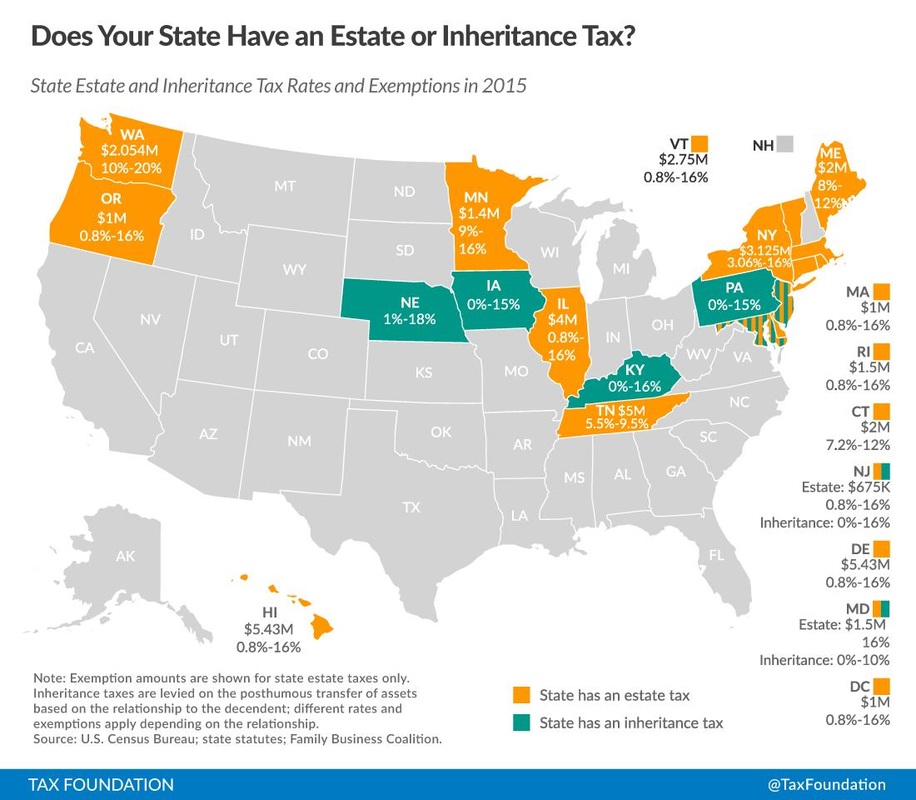Call Plan Administrator
The answer is simple - call your retirement plan's administrator and ask them to refund your extra contributions - both the excess funding part and the associated earnings on that money - by the tax-filing deadline.
For excess deferrals made in 2015, the deadline is April 18, 2016, because of a federal holiday being observed on April 15.
How to Report on Tax Forms?
Your excess deferral will then be reported as income in the year the contribution was made, while the earnings or losses will count toward your income in the year you received the refund.
For example, if you overcontributed $2,000 in 2015 and got your $2,100 refund in March 2016, the $2,000 would count toward your 2015 income, but the $100 in earnings would count toward your 2016 income.
What happens if you forgot to call the plan administrator to correct the error? See our next blog post discussion.


 RSS Feed
RSS Feed
